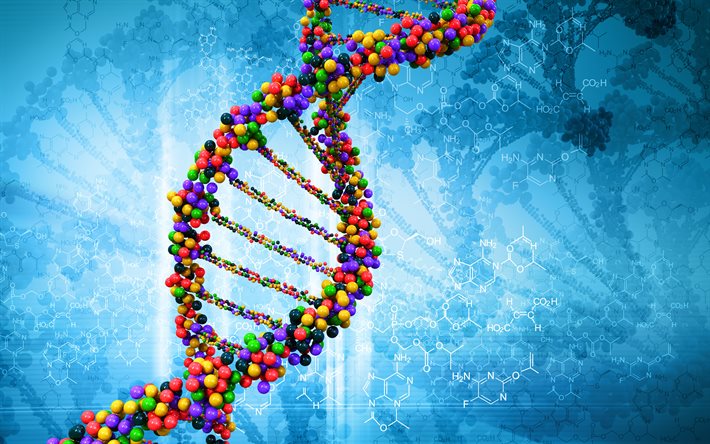

The 5′ end is at the top and the 3′ end at the bottom.

The 3′ carbon of one nucleotide is linked to the 5′ carbon of the next via a phosphodiester bond. ( B) A DNA strand containing four nucleotides with the nitrogenous bases thymine (T), cytosine (C), adenine (A) and guanine (G) respectively. A nucleotide is a nucleoside with one or more phosphate groups. A nucleoside is a base linked to a sugar. The nitrogenous base (guanine in this example) is linked to the 1′ carbon of the deoxyribose and the phosphate groups are linked to the 5′ carbon. ( A) A nucleotide (guanosine triphosphate). The building blocks for DNA synthesis contain three phosphate groups, two are lost during this process, so the DNA strand contains one phosphate group per nucleotide. So, for example, the human genome contains 20% C, 20% G, 30% A and 30% T.ĭNA is a polymer made of monomeric units called nucleotides ( Figure 1A), a nucleotide comprises a 5-carbon sugar, deoxyribose, a nitrogenous base and one or more phosphate groups. Erwin Chargaff had found that DNA molecules from a particular species always contained the same amount of the bases cytosine (C) and guanine (G) and the same amount of adenosine (A) and thymine (T). Work in the 1930s from many scientists further characterised nucleic acids including the identification of the four bases and the presence of deoxyribose, hence the name deoxyribonucleic acid (DNA). Kossel went on to show that nucleic acid contained purine and pyrimidine bases, a sugar and phosphate. Miescher, Richard Altmann and Albrecht Kossel further characterised ‘nuclein’ and the name was changed to nucleic acid by Altmann. Almost all molecular bioscience graduates would have repeated a form of this experiment in laboratory classes where DNA is isolated from cells. Although initially interested in all the components of the cell, Miescher quickly focussed on the nucleus because he observed that when treated with acid, a precipitate was formed which he called ‘nuclein’. He wanted to determine the chemical composition of leucocytes (white blood cells), his source of leucocytes was pus from fresh surgical bandages. Discovery and chemical characterisation of DNAĭNA was discovered in 1869 by a Swiss biochemist, Friedrich Miescher.


 0 kommentar(er)
0 kommentar(er)
